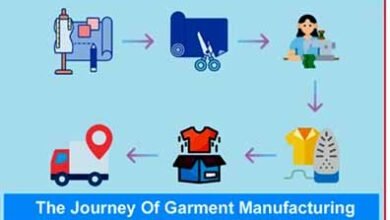
AI in the Fashion Industry
What is AI in the Fashion Industry?
Artificial intelligence in the fashion industry can be defined as the use of advanced computational technologies to improve the fashion business experience, including sales, design marketing, production, and customer satisfaction.
Nowadays many big names like Zara, H&M, and Nike are also using Artificial intelligence to grow their business and customers’ needs.
How Companies Use AI?
Zara has introduced a completely digitally enhanced retail store called Pop Up Store in the Shopping malls In the UK. Creator Studio a big stage to produce merch on demand from H&M is using generative AI so anyone can make and also print different kinds of designs to order in which no artistic ability is required. Nike uses this to collect data from resources such as NIKE SNEAKERS, Nike Training Club, And the Nike App, this information can help the company to stock the older designs in a particular store and to forecast sales. Forecasting is another aspect of AI in the fashion industry.
Forecasting helps to determine the design sales and order quantity of different styles to stock in different retail shops. The history Of AI dates back to the 1930s and now with advances in computational speed, data storage, and data collection, data retrieval processes have become faster and more reliable. Big Companies like Microsoft And Apple are improving the Fashion experience by using voice assistance devices such as Alexa, Cortana, Google Home, Siri, and Baidu. Fashion Has become a more than 3 trillion dollar industry today with more than 150 billion units of garments manufactured in 2018 alone. According to the McKinsey Global Fashion Index Report 2019 the top 20% of companies in fashion command an average profit of 128%, the next 60% made 6% profits, and the last 20% of companies made -34% profits in the year 2017, in a random survey of 500 Companies.
Research objectives
From the points above, it is evident that there is a need to be a firm theoretical base for applying AI in the fashion Industry. This will make it sustainable and robust. At the same time, it will create opportunities for future research for testing, applying, and adapting the framework for problem-specific applications
By Kumar Keshav
Under the guidance of Nilima Regina Topno (CC BFT NIFT Patna).
Note: – This has not been edited.




